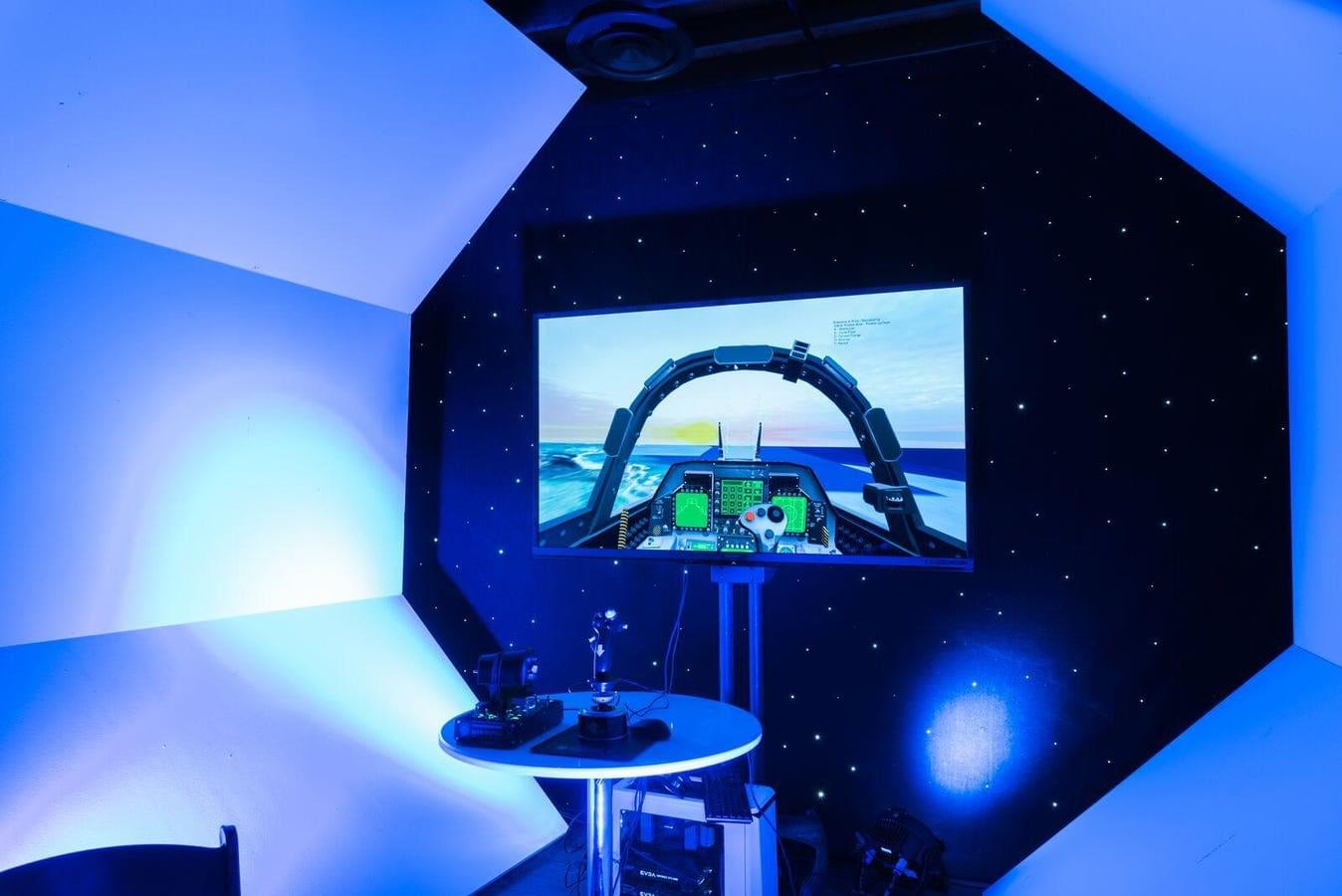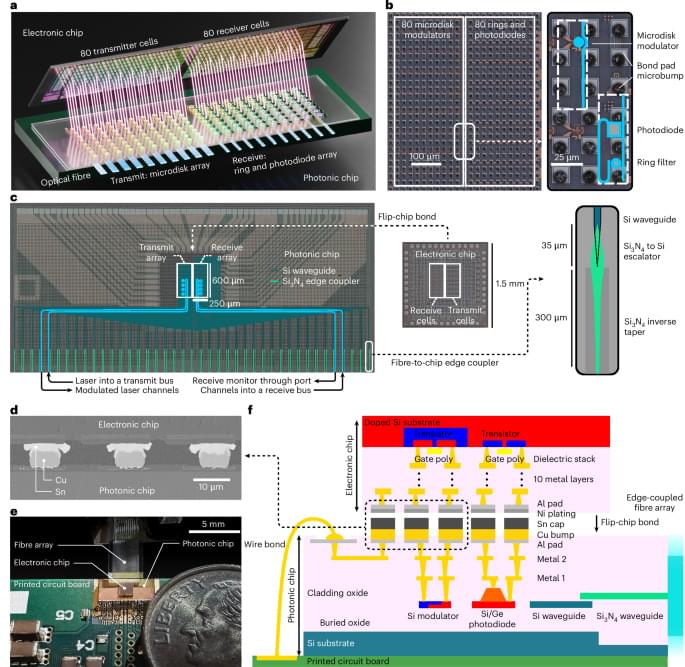By Amir Husain “I’ve always believed that the true power of technology lies in its ability to transform the physical world we inhabit.”



A deadly fungal epidemic in Brazil is evolving fast: pollution, cats, and genetics may be fueling its unstoppable spread.
Brazil is facing the world’s largest and most persistent sporotrichosis epidemic, a fungal infection spread primarily through cats. A new study reveals an alarming genetic diversity in the fungus, suggesting that urban pollutants may be accelerating its evolution. Researchers identified molecular markers that could enhance diagnostics and treatments, while also highlighting the rapid adaptation and virulence of Sporothrix brasiliensis.
Unraveling the Largest Sporotrichosis Epidemic.


What is intelligence? We can all agree that humans are intelligent and many of us would likely extend that definition to the most mentally adept creatures of the animal kingdom—from dolphins to corvids. Scientists may extend that definition to all living animals, and some might even include plants. But for Michael Levin, Ph.D., all of those definitions woefully undercount the intelligences, or as he phrases them, “alien minds,” that surround us.
As a synthetic and developmental biologist at Tufts University in Massachusetts, Levin has explored the cognitive glue of bioelectricity, created biobots from animal and human cells, searched for empirical evidence defining the scope of cognition, and challenged many of the long-held tenets of molecular biology. Fascinated by electrical engineering and biology since he was seven years old, Levin says all of these efforts are in service of developing a mature field of diverse intelligence—one that can recognize that cognition lies on a spectrum, and that what humans perceive as consciousness could look radically different when compared to a cell or emerging artificial intelligence.
We spoke with Levin about how he developed these remarkable ideas, why he believes many alien minds live among us, and what he hopes for humanity’s future.
Consciousness is one of the most fundamental aspects of our existence, but it remains barely understood, even defined. Across the world scholars of many disciplines — philosophy, science, social science, theology — are joined on a quest to understand this phenomenon.
Tune into one of the more original and controversial thinkers at the forefront of consciousness research, Stuart Hameroff, as he presents his ideas. Hameroff is an anaesthesiologist who, alongside Roger Penrose, proposes that the source of consciousness is structural, produced from a certain shape in our brain. He expands on this, and much more (such as evolution), in this talk. Have a listen!
To witness such topics discussed live buy tickets for our upcoming festival: https://howthelightgetsin.org/festivals/
This compares some of the ringworlds, centrifuges, space stations, and ships that use spin to make gravity. It also try’s to show how the variables of artificial gravity are used to make centripetal acceleration into spin gravity.
Calculator used: https://www.artificial-gravity.com/sw/SpinCalc/
▀▀▀▀▀▀▀▀▀▀▀▀▀▀▀▀▀▀▀▀▀▀▀▀▀▀
REFERENCES
1. Hill, Paul R.; Schnitzer, Emanuel (1962 September). “Rotating Manned Space Stations.” In, Astronautics (vol. 7, no. 9, p. 14
18). Reston, Virginia, USA: American Rocket Society / American Institute of Aeronautics and Astronautics.
2. Gilruth, Robert R. (1969). “Manned Space Stations – Gateway to our Future in Space.” In S. F. Singer (Ed.), Manned.
Laboratories in Space (p. 1–10). Berlin, Germany: Springer-Verlag.
3. Gordon, Theodore J.; Gervais, Robert L. (1969). “Critical Engineering Problems of Space Stations.” In S. F. Singer (Ed.).
Manned Laboratories in Space (p. 11–32). Berlin, Germany: Springer-Verlag.
4. Stone, Ralph W. (1973). “An Overview of Artificial Gravity.” In A. Graybiel (Ed.), Fifth Symposium on the Role of the.
Vestibular Organs in Space Exploration (NASA SP-314, p. 23–33). Pensacola, Florida, USA, 19–21 August 1970.
Washington, DC, USA: NASA
5. Cramer, D. Bryant (1985). “Physiological Considerations of Artificial Gravity.” In A. C. Cron (Ed.), Applications of Tethers in.
Space (NASA CP-2364, vol. 1, p. 3·95–3·107). Williamsburg, Virginia, USA, 15–17 June 1983. Washington, DC, USA:
NASA.
6. Graybiel, Ashton (1977). “Some Physiological Effects of Alternation Between Zero Gravity and One Gravity.” In J. Grey (Ed.).
Space Manufacturing Facilities (Space Colonies): Proceedings of the Princeton / AIAA / NASA Conference, May 7–9, 1975
7. Hall, Theodore W. “Artificial Gravity in Theory and Practice.” International Conference on Environmental Systems, 2016, www.artificial-gravity.com/ICES-2016–194.pdf.
▀▀▀▀▀▀▀▀▀▀▀▀▀▀▀▀▀▀▀▀▀▀▀▀▀▀
SOCIAL
Twitter: https://twitter.com/OverviewEfect.
Instagram: https://www.instagram.com/overviewefects/
Facebook: https://www.facebook.com/profile.php?id=61552024642764
▀▀▀▀▀▀▀▀▀▀▀▀▀▀▀▀▀▀▀▀▀▀▀▀▀▀
ATTRIBUTION
Mass Effect music from @MrHulthen Check it out and his channel here: https://www.youtube.com/watch?v=57-xIuu4Vv.
“Citadel (Mass Effect)” (https://skfb.ly/6CLEX) by Yanez Designs is licensed under Creative Commons Attribution.
“Babylon 5 Station (Babylon 5)” (https://skfb.ly/6pFJp) by uperesito is licensed under Creative Commons Attribution.
“Halo Ring” (https://skfb.ly/orU8C) by Inditrion Dradnon is licensed under Creative Commons Attribution.
“Empire State Building” (https://skfb.ly/BGwU) by Microsoft is licensed under Creative Commons Attribution (http://creativecommons.org/licenses/by/4.0/).
“MCRN Tachi [Expanse TV Show]” (https://skfb.ly/o6JGy) by Jakub. Vildomec is licensed under Creative Commons Attribution.
“endurance spaceship” (https://skfb.ly/6TnFK) by devanshujha is licensed under Creative Commons Attribution.
“Discovery 1″ (https://skfb.ly/6oRCD) by uperesito is licensed under Creative Commons Attribution.
“Soviet Nuclear Computer Terminal” (https://skfb.ly/prtFw) by PIPO is licensed under Creative Commons Attribution.
“Hail Mary Ship” by MallocArray https://www.printables.com/model/232479-hail-mary-ship/files.
“Death Star — Star Wars” (https://skfb.ly/oqGZX) by Quiznos323.
▀▀▀▀▀▀▀▀▀▀▀▀▀▀▀▀▀▀▀▀▀▀▀▀▀▀



